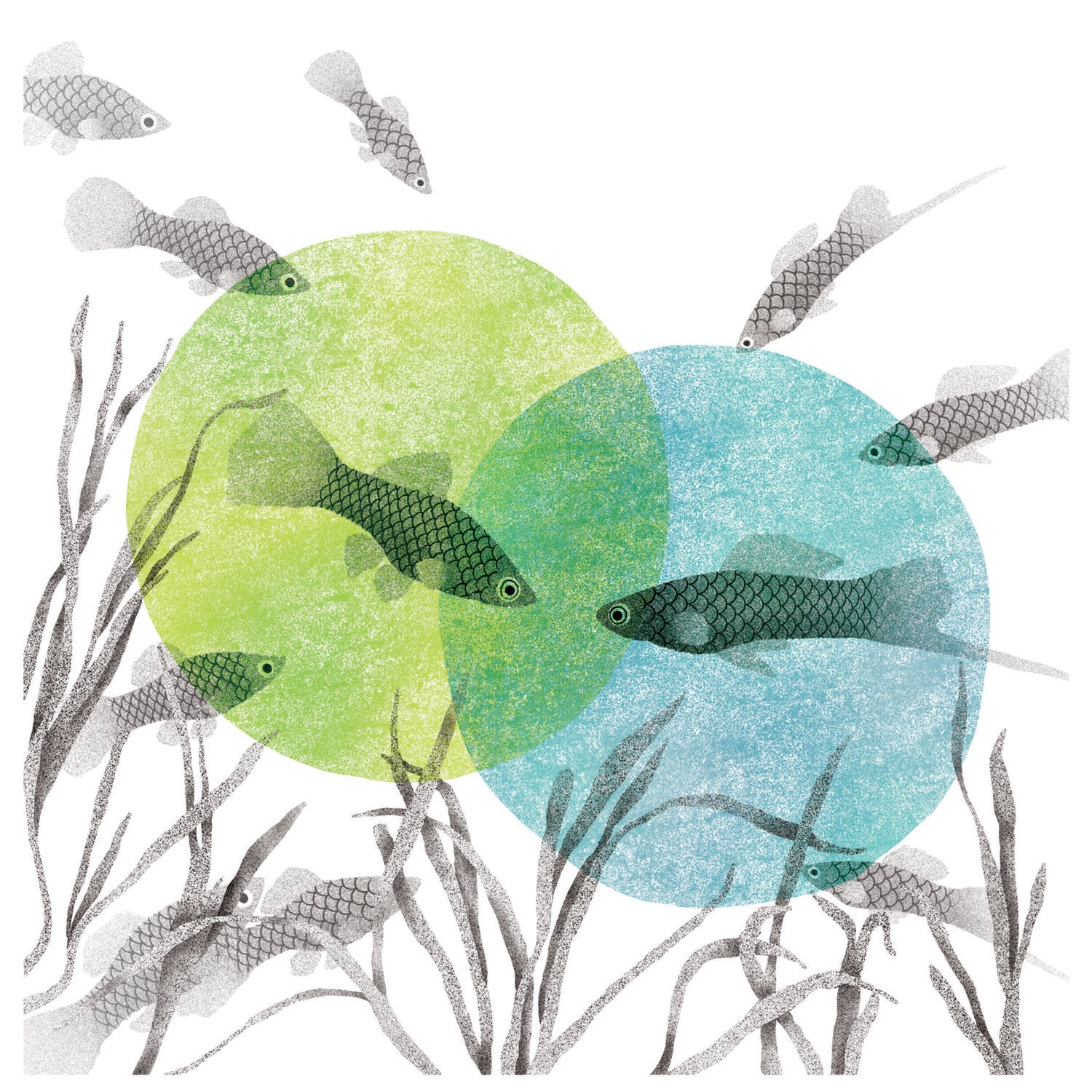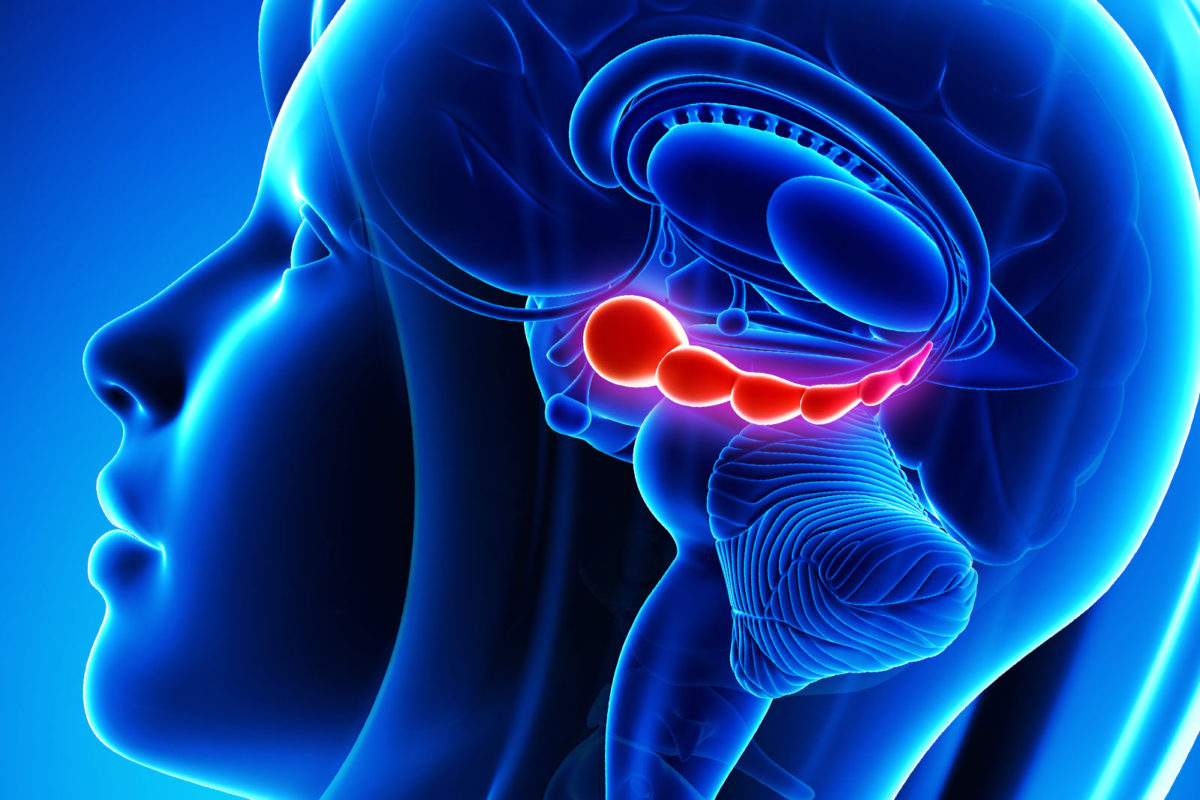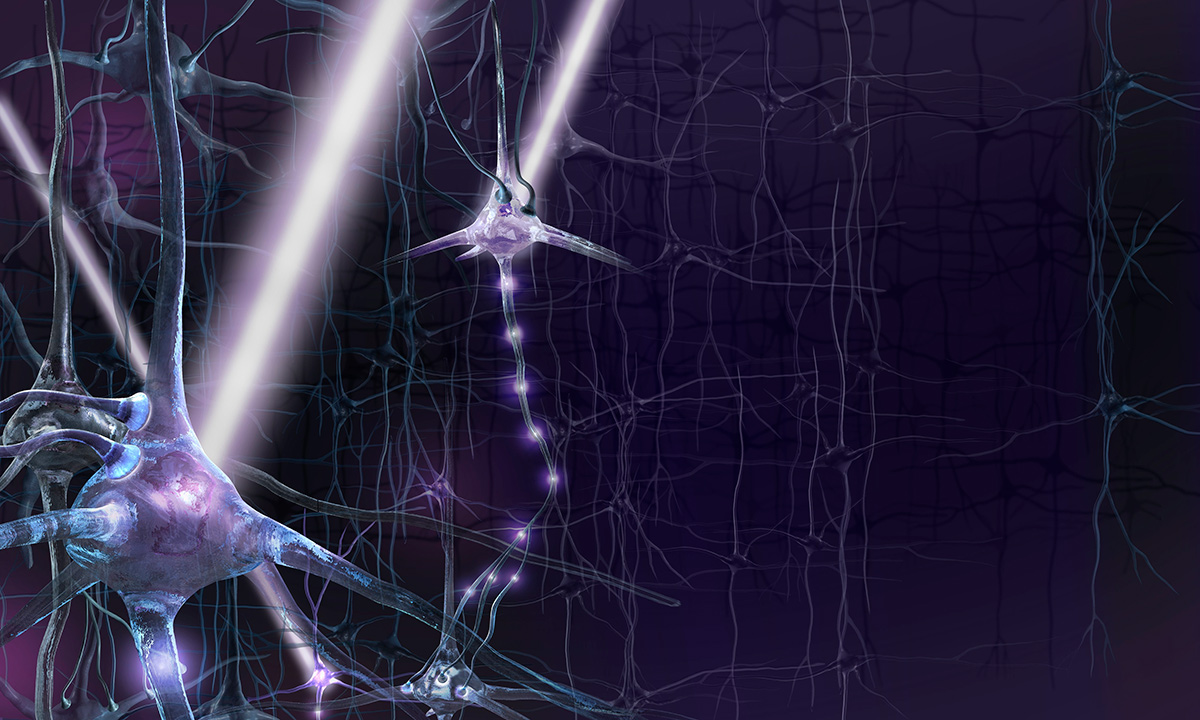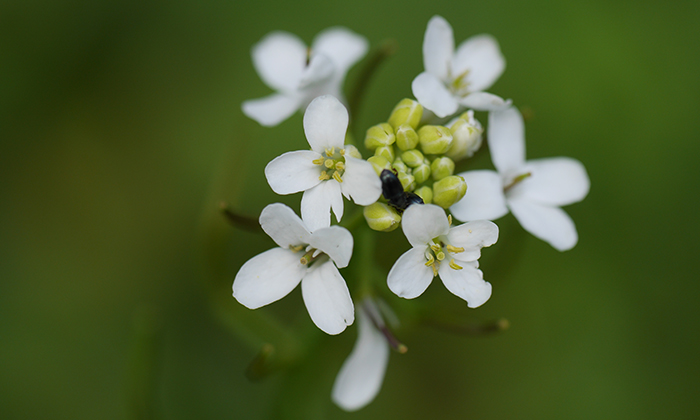News: Research
Read the latest news from the College of Natural Sciences at The University of Texas at Austin
Undergraduate-Led Team Discovers Two New Planets Using Artificial Intelligence
Undergraduate astronomy student Anne Dattilo and colleagues used artificial intelligence to discover two exoplanets in data collected by the Kepler space telescope.

The Texas Scientist
The Mating Game
Across the animal kingdom, males and females of the same species are often locked in an evolutionary battle of the sexes.

UT News
In Singing Mice, Scientists Find Clue to Our Own Rapid Conversations
UT Austin researchers have identified a brain circuit in mice that might enable the high-speed back and forth of human conversation.

New Drug Has Potential to Protect Brain Cells from Traumatic Injuries
Stephen Martin and James Sahn have demonstrated that a new compound protects brain cells in mice that have been subjected to brain trauma, raising the prospects...







